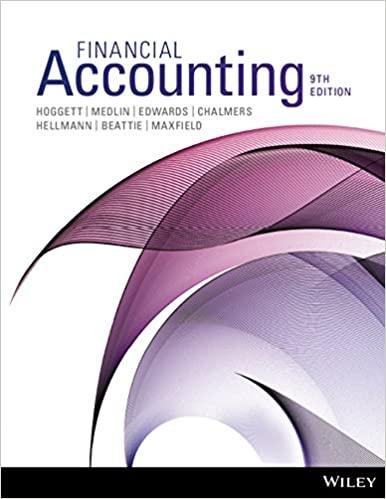a. Online rse Franchesca Company, a merchandising company, prepares its master budget on a quarterly basis. The following data have been assembled to assist in preparation of the master budget for the first quarter. As of December 31 (the end of the prior quarter), the company's balance sheet showed the following account balances: Cash $6,500 Accounts receivable $34.900 Inventory $10,500 Buildings and equipment (net) $121.000 Accounts payable $34,800 Common stock $100,300 Retained earnings $37,800 $172,900 $172,900 b. Actual and budgeted sales are as follows: December (actual) $58,400 January $82,400 February $90,400 March $86,400 April $52,000 Sales are 30% for cash and 70% on credit. All payments on credit sales are collected in the month following the sale. The accounts receivable at December 31 are a result of December credit sales. The company's gross margin percentage is 40% of sales. (In other words, cost of goods sold is 60% of sales.) Each month's ending inventory should equal 30% of the following month's budgeted cost of goods sold. ne-quarter of a month's inventory purchases is paid for in the month of HI C. d. e. f. 8. h. One-quarter of a month's inventory purchases is paid for in the month of purchase; the other three-quarters is paid for in the following month. The accounts payable at December 31 are the result of December purchases of inventory. Monthly expenses are as follows: commissions, 17.5% of sales; rent, $2,650; other expenses (excluding depreciation) 7% of sales. Assume that these expenses are paid monthly. Depreciation is $2,550 for the quarter and includes depreciation on new assets acquired during the quarter. Equipment will be acquired for cash: $4,000 in January and $8,800 in February Management would like to maintain a minimum cash balance of $5,000 at the end of each month. The company has an agreement with a local bank that allows the company to borrow in increments of $1,000 at the beginning of each month, up to a total loan balance of $50,000. The interest rate on these loans is 1% per month, and for simplicity, we will assume that interest is not compounded. Accumulated interest on any amounts borrowed must be paid at the end of the quarter. Also, to the extent it is able (.e., while maintaining the minimum cash requirement), the company must repay any outstanding loans at the end of the quarter. Online Tse i. a. line Franchesca Company, a merchandising company, prepares its master budget on a quarterly basis. The following data have been assembled to assist in preparation of the master budget for the first quarter. As of December 31 (the end of the prior quarter), the company's balance sheet showed the following account balances: Cash $6,500 Accounts receivable $34,900 Inventory $10,500 Buildings and equipment (net) $121.000 Accounts payable $34,800 Common stock $100,300 Retained earnings $37,800 $172,900 $172,900 Actual and budgeted sales are as b. follows: December (actual) $58,400 January $82,400 February $90,400 March $86,400 April $52,000 Sales are 30% for cash and 70% on credit. All payments on credit sales are collected in the month following the sale. The accounts receivable at December 31 are a result of December credit sales. The company's gross margin percentage is 40% of sales. (In other words, cost of goods sold is 60% of sales.) Each month's ending inventory should equal 30% of the following month's budgeted cost of goods sold. One-quarter of a month's inventory purchases is paid for in the month of C. d. e. Required: Using the data above, complete the following statements and schedules for the first quarter: Schedule of expected cash 1. collections: January February March Total Cash sales $24,720 Credit sales $34.900 Total collections $59,620 2a. Merchandise purchases budget: January February March Total Budgeted cost of $49,440 $54,240 goods Add desired ending $16,272 + inventory Total needs $65,712 Less beginning $10,500 inventory Required purchases $55,212 $82,400 sales x 60% = $49,440 +$90,400 x 60% 30% = $16,272 X $0 January February March Total December purchases $34.800 $34,800 January purchases $13,803 $41,409 $55,212 February purchases March purchases $0 Total cash disbursements for $48,603 purchases "Beginning balance of the accounts payable. Schedule of expected cash disbursements for selling and administrative expenses: January February March Total Commissions $14,420 Rent $2,650 Other expenses $5,768 Total cash disbursements for selling and $22,838 administrative expenses 3. 4. February March Total Cash budget: January Cash balance, $6,500 beginning Add cash collections $59,620 Total cash available $66,120 Less cash disbursements: For inventory $48,603 For operating expenses $22,838 For equipment $4,000 Total cash $75,441 disbursements Excess (deficiency) of ($9,321) cash Financing Etc. 5. Prepare an absorption costing income statement for the quarter ending March 31 as shown in Schedule 9 in the chapter. Prepare a balance sheet as of March 31. 6












